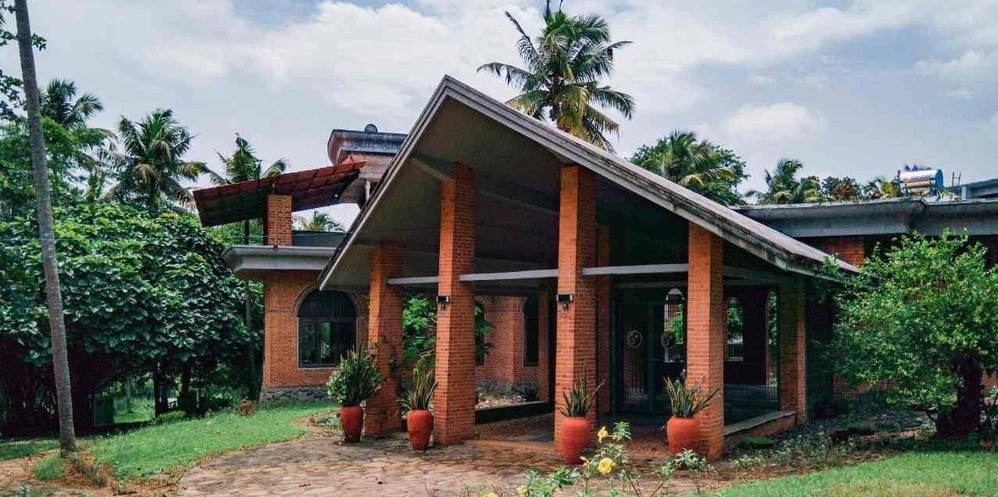
How Sustainability Is the Future of the Eco-Friendly Building Industry
Eco-friendly building construction begins with intelligent design. By thinking strategically, and adopting the right way of working with the correct materials and technology early, you can help save the environment and your money. The benefits of creating an eco-friendly and efficient home or building include a healthy living space, lower fuel bills, and having a positive impact on the environment.
Many organizations and contractors are recognizing the value of sustainable and eco-friendly building methods. New advances in technology, materials, and practices enable companies to use environmentally-friendly processes that may also lead to better overall efficiency.
The most important goal is to preserve our natural resources like water, raw materials, and electric power. We also need to fight against global warming by helping to reduce waste and other pollution.
What is Renewable Energy?
Renewable energy is energy derived from earth’s natural resources, that are not finite or exhaustible. This includes sunlight, hydroelectric power and wind. Renewable energy is an alternative to the traditional energy and it tends to not have such a negative impact on the environment. Renewable energy, often known as clean energy, comes from nature. Now that we have increasingly innovative and much less-expensive ways to capture and retain solar energy and wind, renewable sources of energy are becoming more important power sources.
Why Environmentally-Friendly Buildings Are Important?
The government and the general public share the common objective to reduce our overall impact on human health, nature and the planet. Environmentally-friendly buildings have specific purposes which are key to helping meet this objective. Here are a few reasons why environmentally-friendly buildings are important:
- Use water, air, and other resources very efficiently.
- Improve your health, wealth, and increase productivity.
- Almost eliminate the pollution and waste caused by you.
- Save some of the money required to run an operation.
- Provide an aesthetically delightful design.
Some of the top, highly sustainable, environmentally-friendly building construction tips in use nowadays include:
Rammed Globe:
Rammed Globe is a durable technique for building construction, which is also known as Taipa (Portuguese). It is the best construction process of floors, foundations, and walls by using natural elements like land, lime, chalk, and gravels. Considered an old method not long ago, this technique has been revived as a sustainable manufacturing technique.
The rammed earth walls also provide thermic storage, wherein the sun heats the walls during the day and then gradually releases the heat in the cool evenings.
It is a low carbon technique in which people are using clay binders, placed in layers with proper pressure, to help make a hard and durable surface. In this technique, the soil mixture is poured into the formwork at a depth of 10 to 25 cm (8–10 inches); after that their total volume is deposited to about 50% as compared to the exact amount. The soil is recursively deposited in batches or courses, followed by a gradual walling to the top of the formwork. In earlier times, this was done manually and was very laborious. But it can be reduced by today’s modern construction process to employ pneumatically driven tampers.
Eco-Friendly Insulation:
When we think about the construction of prefab Quonset garages or energy efficient green buildings and homes, insulation is an essential part of any build. Fortunately, you can opt for green insulation these days. This insulation is a good option, especially for owners who want to reduce their carbon footprint. Increase their R-value, qualify for environmental-based certifications, or are concerned about asbestos.
As you can get many insulation types from the environment, there are a variety of choices ranging from natural to recycled materials. Some of the green insulation options available today are as follows:
1) Wool: (Sheep wool is natural wool, which is compressed wool fibers to make air holes that confine air to keep us cool in the summertime and warmer in the winter.)
2) Rigid Cork: (R-value of 3 to 4 per inch, minimum age of 18 years)
3) Mycelium: (R-value of about 3 per inch, its natural material such as fungus – bonded with relatively low-cost to create)
4) Cellulose: Fiber (Made up of fibers in plants, cotton, thirty percent of a tree that can be made into the paper)
5) Denim: (R-value between – R-13 and R-30)
6) Mineral Wool: (made up by wool, glass, industrial slag, and rock)
Bamboo – The Perfect Sustainable Alternative to Wood:
Bamboo is an evergreen perennial flowering plant, which comes from Bambusoideae, the Poaceae grass family. We have gotten the word “bamboo” from Portuguese or Dutch languages, which probably borrowed it from Malay. As you all know, bamboo is one of the fastest-growing plants on earth. Many types of bamboo can grow up to 3 feet per day.
Why are we talking so much about bamboo? Because bamboo is an eco-friendly permanent option in many different home construction applications such as tile, trim and flooring, lumber, countertops, and decking.
Biodegradable Materials:
Do you know the use of biodegradable material helps us in making construction sustainable and purifying the environment? Using traditional construction methods generally creates an accumulation of waste products and toxic chemicals which is harmful to our environment. As this takes us years to correct, I am recommending you build your building with biodegradable materials like organic paint, which helps limit the adverse effects on your environment. It breaks down easily without the release of toxins. The use of biodegradable materials to construct foundations, walls, and insulators is also part of sustainable construction technologies.
Smart Appliances:
Over the past few decades, we have become reliant on small gadgets in our pockets, laptop computers, and the internet itself for the bulk of our information. Each of these is capable of dozens of communication tasks concurrently. Smart house technology typically connects to any machine, device, or any suite of intelligent systems that combine into a shared network to be managed separately and remotely. Smart appliances control devices and home lights to decrease the expense of electricity they consume. Smart home appliances are surprisingly the latest frontier for go green living, as well as eco-friendly home and building construction.
Conclusion:
By advocating for renewable sources of energy, or using them in your home and buildings, you can accelerate the transition toward a clean energy future. Renewable energy systems are a very good option for environment cleaning and produce less emissions than conventional energy sources. Green building helps to make your environment clean and healthy. By using smart appliances, eco-friendly materials and sustainable building techniques, we are taking further steps towards saving our Earth’s future.



caroline weller
What about hempcrete? Similar to rammed earth in building, but can also be used as an insulation in roofs. As it ages it continues to absorb carbon from the atmosphere so it not only starts off as carbon neutral but ends up being carbon negative!